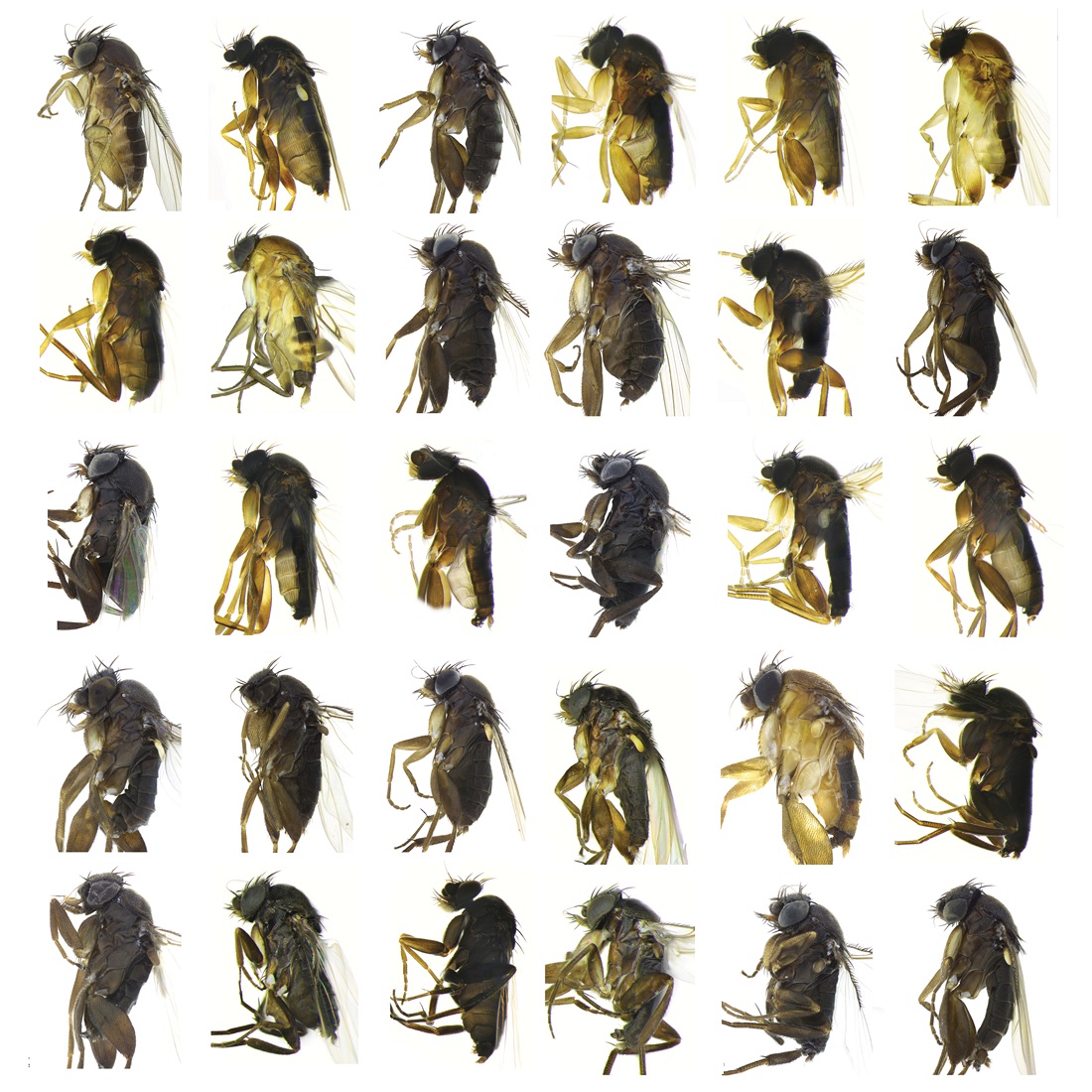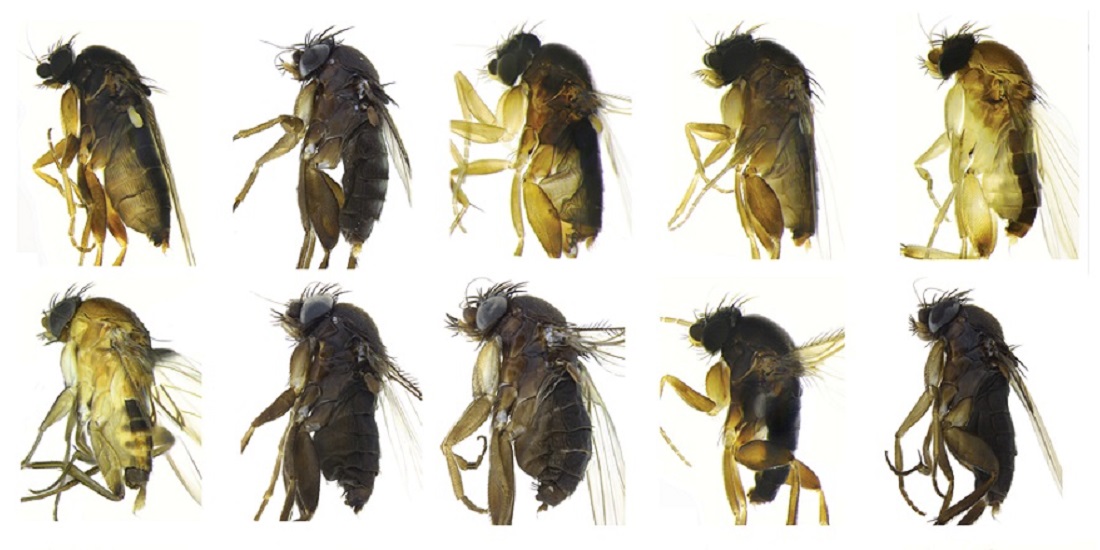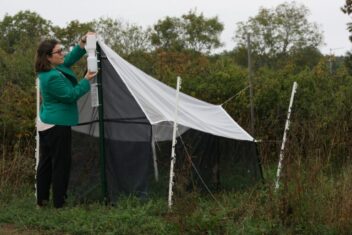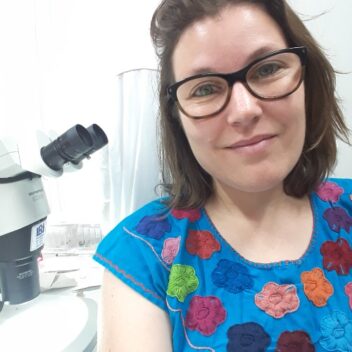Found hundreds of species using DNA barcoding
There are millions of species on Earth that we still know nothing about. Researchers call these species ‘biological dark matter’, but new methods can provide us with a better overview more quickly.
The Earth is an almost unimaginably diverse planet in terms of species. Researchers have identified between two and three million species, but there are many more that we know nothing about.
The unknown species are called ‘biological dark matter’, borrowing a term from astrophysics.
Dark matter
Dark matter is matter in the universe that does not emit radiation, and therefore cannot be observed directly.
Evidence for the existence of dark matter has emerged through observations of the gravitational effects that dark matter has on visible matter.
Source: snl.no
“We want to demonstrate how we can gain a better overview of biological dark matter by using DNA barcoding,” said Associate Professor Emily Hartop.
DNA barcoding, in this case so-called ‘megabarcoding’, might sound mysterious, but it isn’t really. We will come back to that later. First, let us take a look at why we don’t know enough yet.
Why some species remain unknown
Hartop works at the Department of Natural History, which is part of the NTNU University Museum. At the department, she is surrounded by colleagues who are also used to discovering new species, and they are unlikely to run out of new tasks anytime soon.
“Biological dark matter often exists in groups consisting of very multiple species which we have not yet studied in any great depth,” said Hartop.
There are many reasons why we do not know more than we do, and some of them are purely of a practical nature.
Many of these unidentified species are found in the ocean or in other parts of the world that are difficult for researchers to access. Not all of these species are found in great numbers either, so it is not always that easy to find them.
And that is not the whole explanation: even in parts of the world where there have been dedicated researchers for hundreds of years, such as Europe and North America, we are still far from getting a complete overview.
“These unknown species can be found everywhere,” said Hartop.
A huge task and not enough experts
A lack of researchers trained within this field of expertise is undoubtedly a problem. The task is simply so large that there are not enough experts in relation to the workload.
A common estimate is that there are nearly nine million species on our planet, but we do not know for sure. This figure also doesn’t include bacteria and other single-celled organisms. In any case, there is still much more left to discover than what we already know.
Identifying a species is not something just anyone can do. There are many species out there that most people would think look identical.

Many species can seem very similar to most of us. Here, humpback flies. Illustration: Kelsey Bailey, NTNU
New method making the job easier
Fortunately, biologists have started using an efficient new method in recent years: DNA barcoding.
“In DNA barcoding, you only need a tiny bit of DNA to identify a species,” Hartop explained.
This small sequence of DNA can then be compared against a database of DNA from species that have already been described and recorded. To be certain that a species is new, the DNA database must be complete with known species from the group you are comparing it to. The work to add to the reference library is continuously being carried out via national and international projects.
Large numbers of unknown insects found
The researchers in this study concentrated on insects in Sweden. They collected flies from a total of 37 habitats at four different times of year. They ended up with 31,800 DNA samples to analyse and found quite a number of species.
“For example, we found a total of 549 different potential species of scuttle fly. This is a surprisingly high density and diversity,” said Hartop.
Previously, only 374 of these species of scuttle fly (Phoridae) were known, meaning that 175 species were new to Sweden.
Environmental variations affect species composition
The source data also give researchers an opportunity to find out how different environmental variations affect the composition of species in an area.
“With regard to scuttle flies, we see that the prevalence of the different species is influenced by climate factors. For example, it appears that 29 per cent of the species respond positively to an increase in average temperature, while 18 per cent respond negatively,” said Hartop.
Important to quickly establish an overview
“It’s important that we have an overview of the biodiversity around us. This means that we have to study inconspicuous, but species-rich groups. We live in a time where biodiversity is under threat, including unknown species,” Hartop said.
According to the Intergovernmental Science-Policy Platform on Biodiversity and Ecosystem Services (IPBES), the greatest threat to biodiversity is the loss of habitat, for example due to developments or the drainage of wetlands. The second biggest threat is the exploitation of species, such as hunting for bush meat, logging or overfishing. The biggest remaining threats are climate change, pollution and the spread of species to areas where they don’t belong.
At the root of all this is an ever-growing human population with ever-growing needs. That’s why it’s essential to identify which species actually exist, and that is where DNA barcoding will play a very important role.
“We see that this method can help us to quickly and efficiently gain an overview of the species. The time is ripe to explore biological dark matter,” Hartop said.
References: Emily Hartop, Leshon Lee, Amrita Srivathsan, Mirkka Jones, Pablo Peña‑Aguilera, Otso Ovaskainen, Tomas Roslin and Rudolf Meier. Resolving biology’s dark matter: species richness, spatiotemporal distribution, and community composition of a dark taxon. BMC Biology. (2024) 22:215 https://doi.org/10.1186/s12915-024-02010-z







